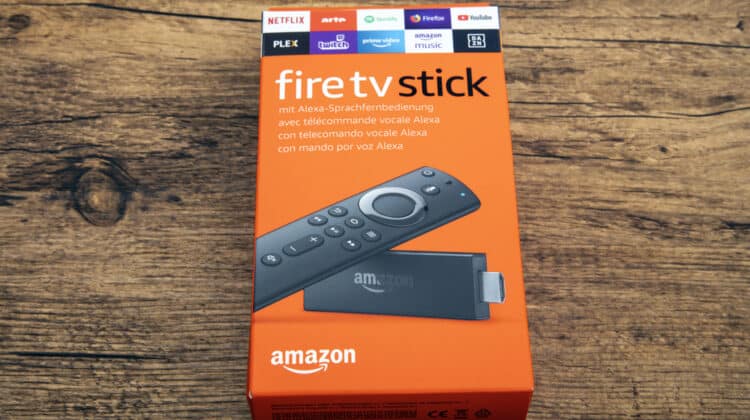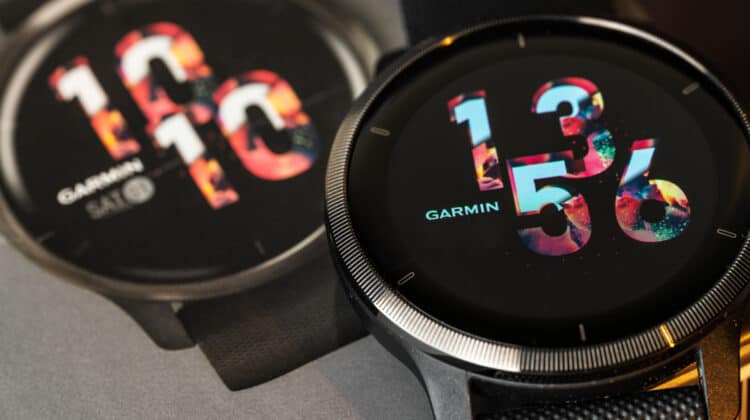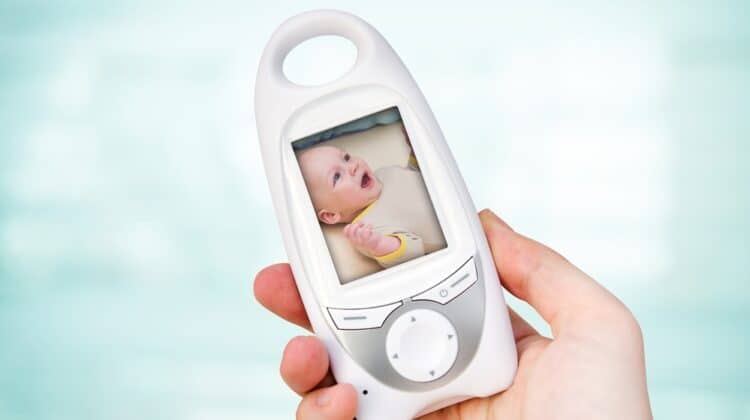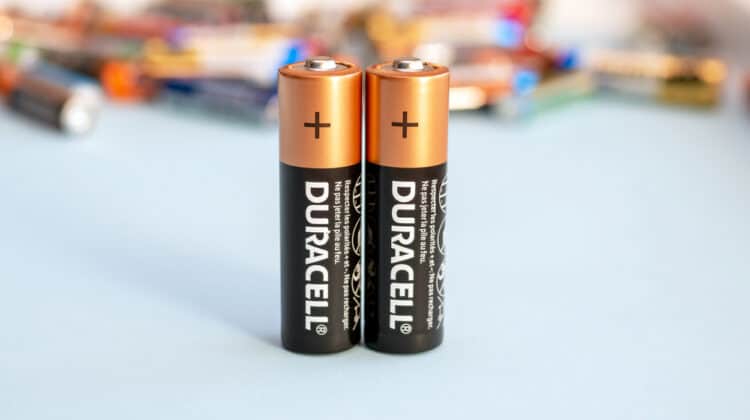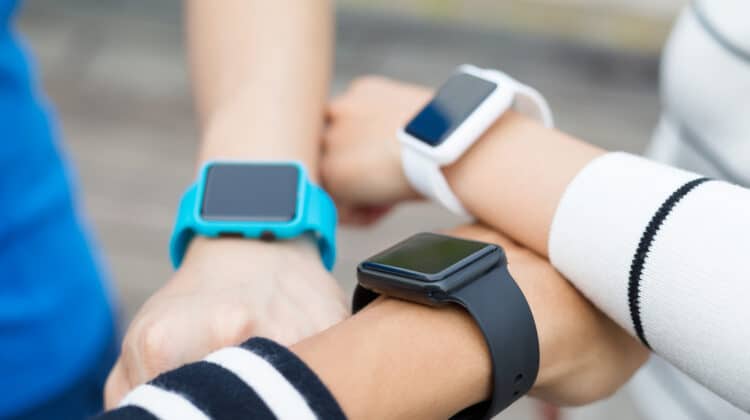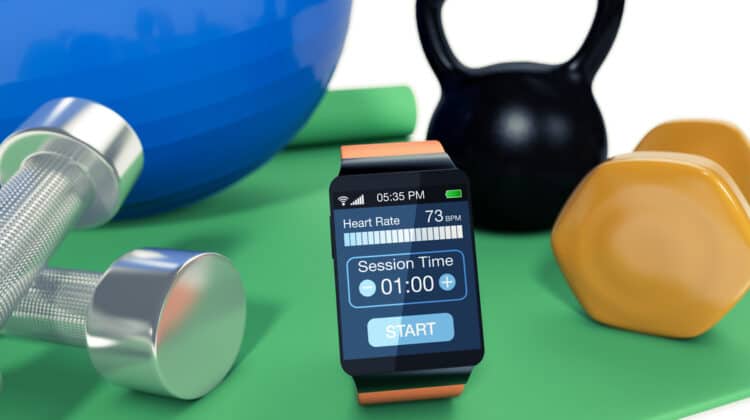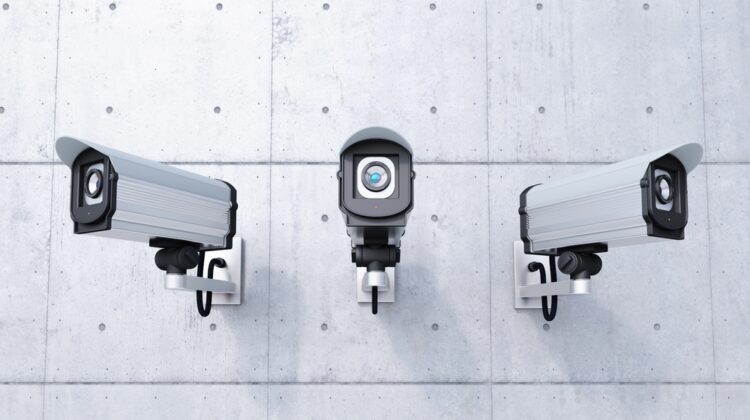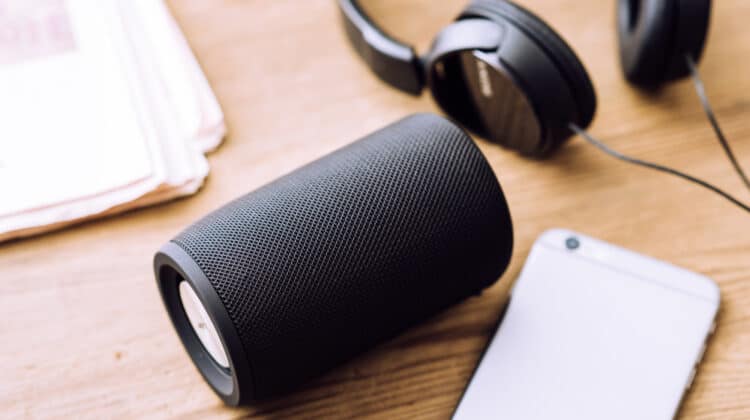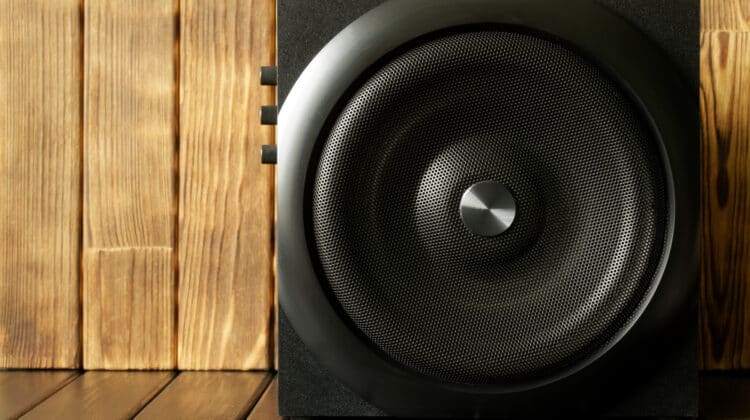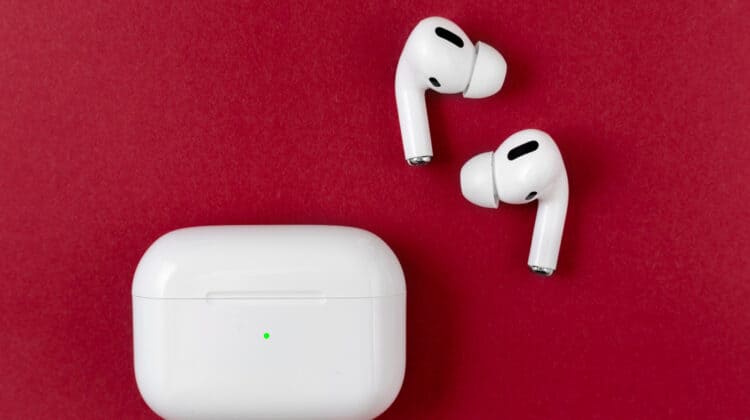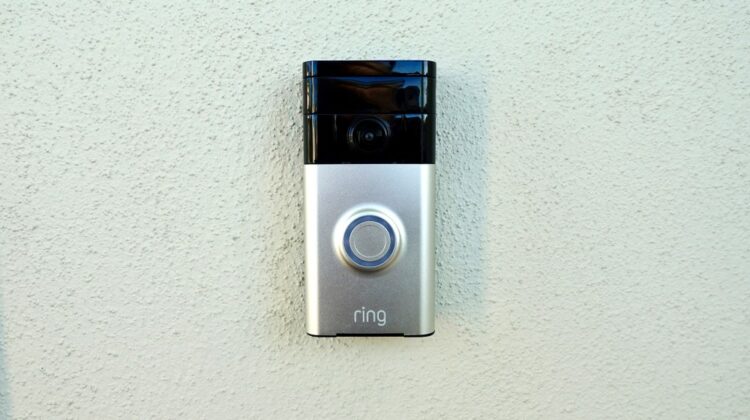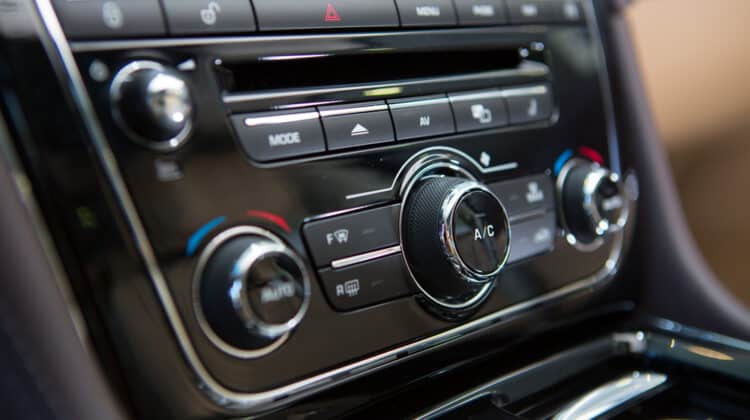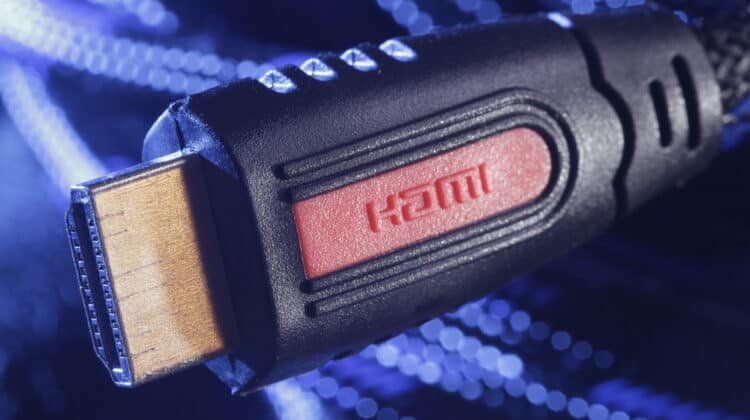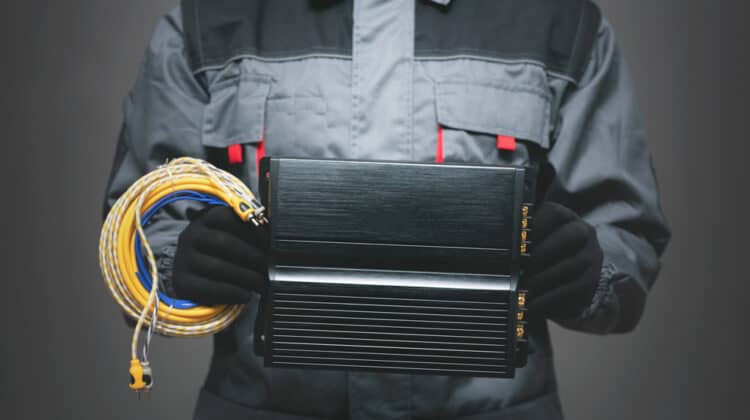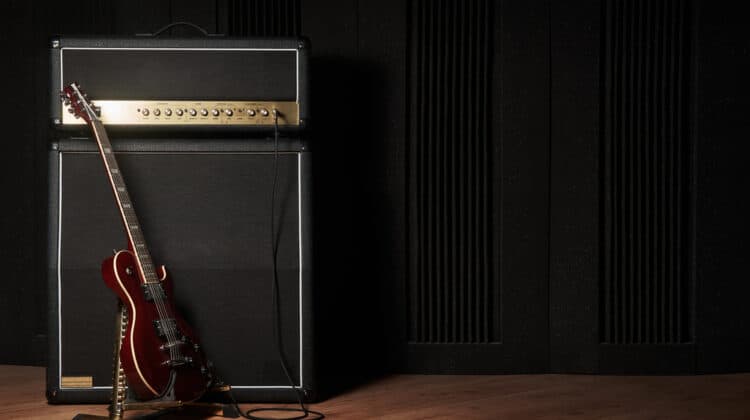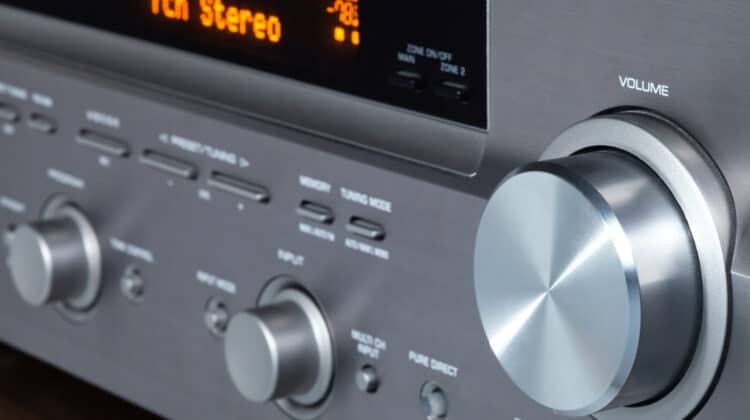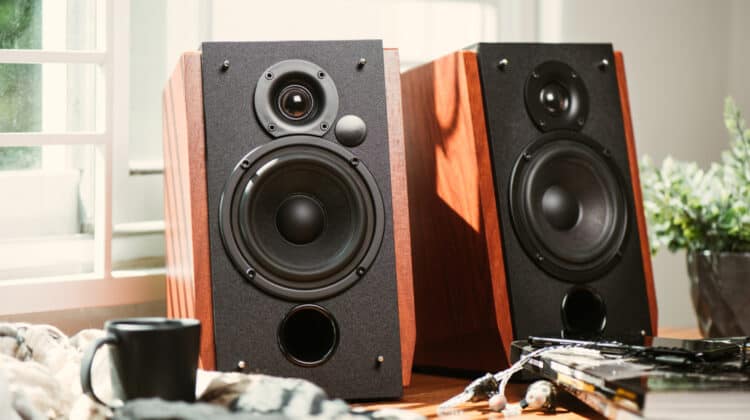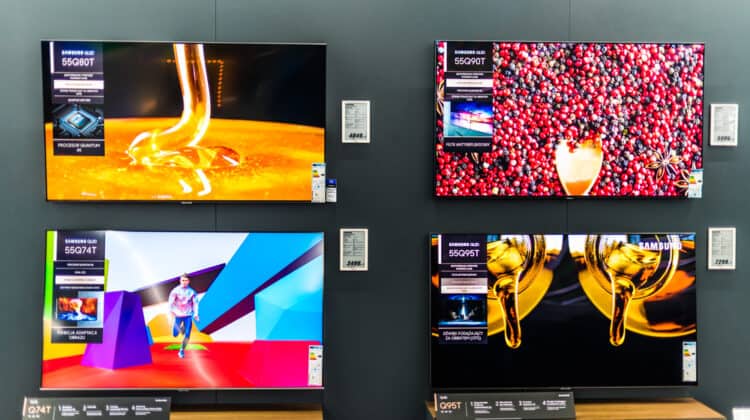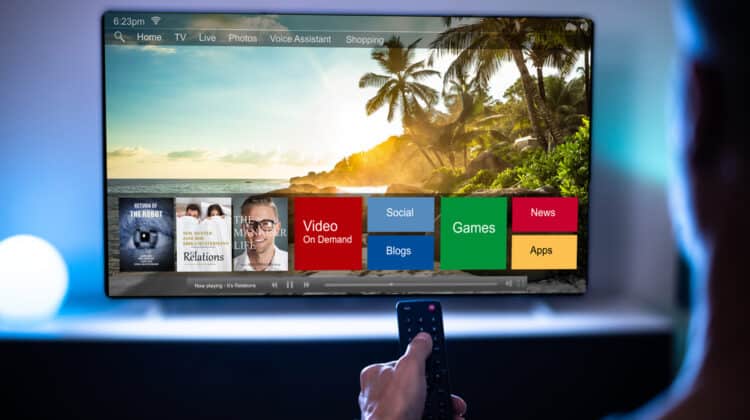
Do you wonder if you can video call with your Roku TV?
You may worry that your smart TV spies on your through its hidden camera.
Smart TVs are becoming an integral part of any smart home to let us enjoy the internet of things to the fullest.
Roku TVs are among the widely known smart TVs that come with the Roku platform and OS.
You may wonder if you can video call with your Roku TV.
Does Roku TV Have A Camera? (How To Find Out)

Generally speaking, the brands that partner with Roku to make smart TVs don’t offer built-in cameras.
If you want to buy a Roku TV and wonder if it comes with a camera, there are different ways to find out.
1. Check The Specs Online

When you want to buy a Roku smart TV, you can head to Roku’s official website and look for the top brands that use the Roku platform.
The website can lead you to online shops where you can find the perfect smart TV that matches your budget and the features you have in mind.
These websites can help you make a more informed decision by giving you the TV’s full specs.
There, you can find out if your Roku TV has a camera.
You can also look for features that require a built-in camera to function.
Facial recognition and video chat are among the most important features that need a camera.
If the TV has these features, you can be sure that it comes with a built-in camera.
2. Check The User Manual

If you already have a Roku TV and still don’t know whether it has a built-in camera, you can check its user manual.
It lists all the specs that you can find online.
In addition, most user manuals show you the exact location of physical features like connectivity ports.
Thus, if your smart TV has a built-in camera, the user manual confirms it and shows its exact location.
3. Check The TV Physically

Some people may use a smart TV for several years without exploring all of its features.
Others may get suspicious and wonder whether their smart TV has a hidden camera that can spy on them!
After all, it’s a “smart” device!
Regardless of your reason for looking for a camera on your Roku TV, you can always physically check the device to find the camera.
The best place for a built-in camera on a TV or monitor is the center of the top bezel to give you the best viewing angle.
The camera is hard to miss because it’s a hardware component that must be out in the open to work.
It may have different designs, but the lens has to come out to take pictures.
Therefore, even if the camera is hidden, it should have a mechanism to make it pop out.
Inspect the top bezel carefully and look for a camera lens or a panel that retracts or slides to make the lens appear.
Touch the bezel to feel any inconsistencies in the surface, like something popping out or indented.
TV bezels are smooth and shiny, making these inconsistencies easy to find.
Even if the lens is tiny, like a smartphone’s front camera, you can see it by shining a light on the bezel.
If there’s a camera, it shines and reflects the light.
Smart TV Camera Security Threats

Today’s smart TVs are hardly short of a smartphone or PC.
You may not be able to perform many tasks that a PC enables you to, but a smart TV has many capabilities that take it beyond a simple device that broadcasts content.
The most important feature of a smart TV is that it connects to the internet, enabling you to perform many actions.
Some allow you to browse the internet, play online games, store photos and videos, and use a multitude of apps preinstalled on the TV.
They also have operating systems, such as Android, allowing you to run the device like a smartphone.
All these exciting features come with a caveat, though.
Since smart TVs can connect to the internet, they have the same security issues as smartphones and PCs.
Here are the most critical concerns regarding smart TV security.
1. Privacy
Most smart TVs have tracking options to collect data about your behavior and preferences.
These are even more concerning if the TV has a camera or mic.
These built-in devices are used for face and voice recognition and allow you to interact with voice assistants like Amazon’s Alexa.
They can collect your data by tracking what you search and watch.
The TV manufacturer can sell your data to advertisers for more targeted ads.
2. Hacking The Device
Although smart TVs come with specific IoT security software, they can be more vulnerable to security threats than PCs or smartphones.
The operating systems may have more security holes that hackers can easily exploit.
In addition to accessing your files, photos, and videos, hackers can spy on you through the smart TV’s camera and mic.
They can blackmail people by taking pictures of them through their cameras or even looking for valuable items in their homes.
In addition, your smart TV’s built-in browser can be a security hole through which criminals can download malicious code or take control of your device.
You may also access your social media apps on your compromised smart TV, posing security threats to those accounts.
3. Malware Infection
Lack of robust security protection in smart TVs can also lead to viruses and malware infection.
These viruses can affect your device in different ways.
Moreover, they can spread to other devices through your router or other connections that can transmit viruses.
How To Increase Smart TV Security

The vulnerabilities described above seem scary, but they don’t necessarily happen if you’re cautious.
Some people suggest making your smart TV “dumb” by turning off its internet connection.
However, why would you buy a smart TV if you didn’t want to enjoy this feature?
You can avoid most of these threats by considering the following tips:
1. Adjust The Smart TV’s Security And Privacy Settings
Although smart TVs may not have strong security measures like antivirus or firewall (although some models might have these), they have settings that can minimize security threats.
Consult your user manual to see what you can change to make the device more secure.
The easiest thing to do is to change your passwords and choose strong ones.
Also, protect your TV and all the applications installed on it using strong passwords.
Most smart TVs, including Roku TVs, have ACR (Automatic Content Recognition).
The software uses your video-watching and search history to give you more tailored content.
They also sell this information to third parties, including advertisers and data analytics companies.
In some cases, your IP address and other information may also be exposed to these third parties.
You can imagine what consequences this can have.
The good news is that you can disable the ACR feature, which may need different steps depending on your smart TV brand.
Roku TV allows you to disable ACR through its Settings.
Then navigate to Privacy > Smart TV Experience and disable Use Info from TV Inputs.
2. Keep Your Software Updated
One of the biggest vulnerabilities found in smart TVs is the software preinstalled on the device.
Most of these apps may become outdated because the developer doesn’t update them or the user forgets to install the latest updates.
Outdated software becomes a major security threat because hackers can exploit the vulnerabilities not addressed by new updates.
Always check for new software updates, especially after a few years of owning the TV when the software support may end.
If you can’t find any updates, you should increase your device’s security or uninstall the software, if possible.
3. Keep Your Router Protected
Protecting your router from unauthorized access and hackers is essential in securing your smart TV.
If someone hacks your router, they can easily access all the connected devices.
Most routers have multiple security options that limit access and increase protection.
These features include the router’s firewall, network encryption, limited access to the network, disabling remote access, and WPA3 security protocols.
All of these options are available in your router’s interface.
You can also frequently change your router’s username and password and keep the router’s firmware updated.
4. Cover The Camera
As mentioned above, there’s a low chance that your Roku TV has a built-in camera.
If it does or if you have another smart TV brand with a camera, covering the lens is an essential security measure.
It’s recommended for any device with a built-in webcam, including laptops and desktops.
Simply stick a piece of tape on the camera to cover it.
You can uncover the lens whenever you need it, protecting your privacy when you’re not using it.
Do You Need A Camera With Your Smart TV?

Many smart TVs come with video-conferencing apps.
Making video calls on your smart TV allows you to enjoy higher-quality images, get wider viewing angles, and cover larger portions of your room.
If a computer doesn’t have a built-in webcam, you can use an external one.
NEXT: How Long Does A UPS Last? (Explained)



